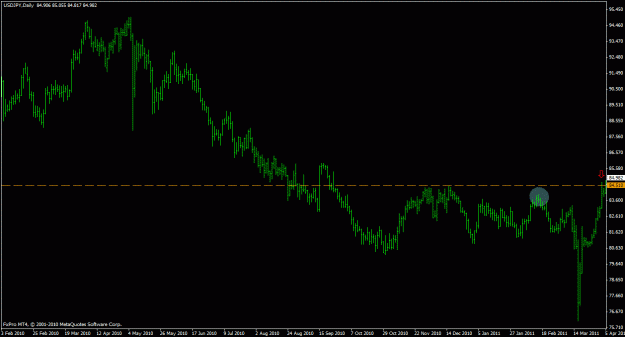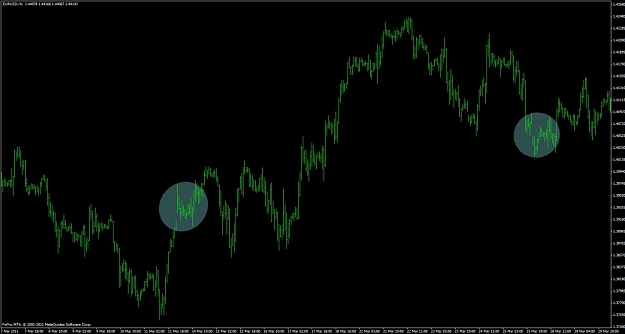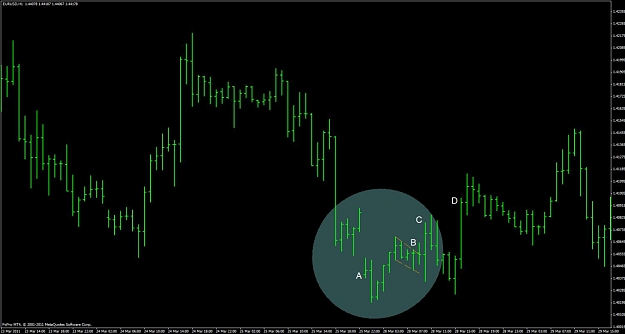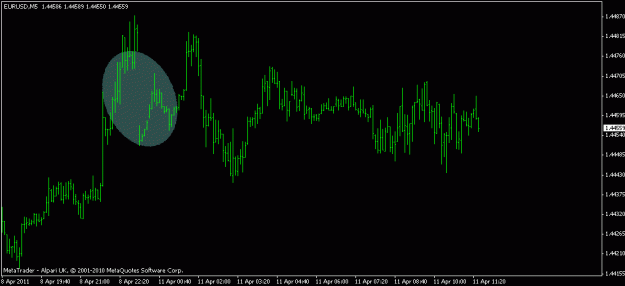I'd like to share the way I make money trading.
I'm a discretionary trader that primarily uses support and resistance to define my entries and exits.
Throughout this thread I will share the setups I trade, my thought processes and some insights into the behaviour of both the markets and the traders that operate in them.
I'm a discretionary trader that primarily uses support and resistance to define my entries and exits.
Throughout this thread I will share the setups I trade, my thought processes and some insights into the behaviour of both the markets and the traders that operate in them.





